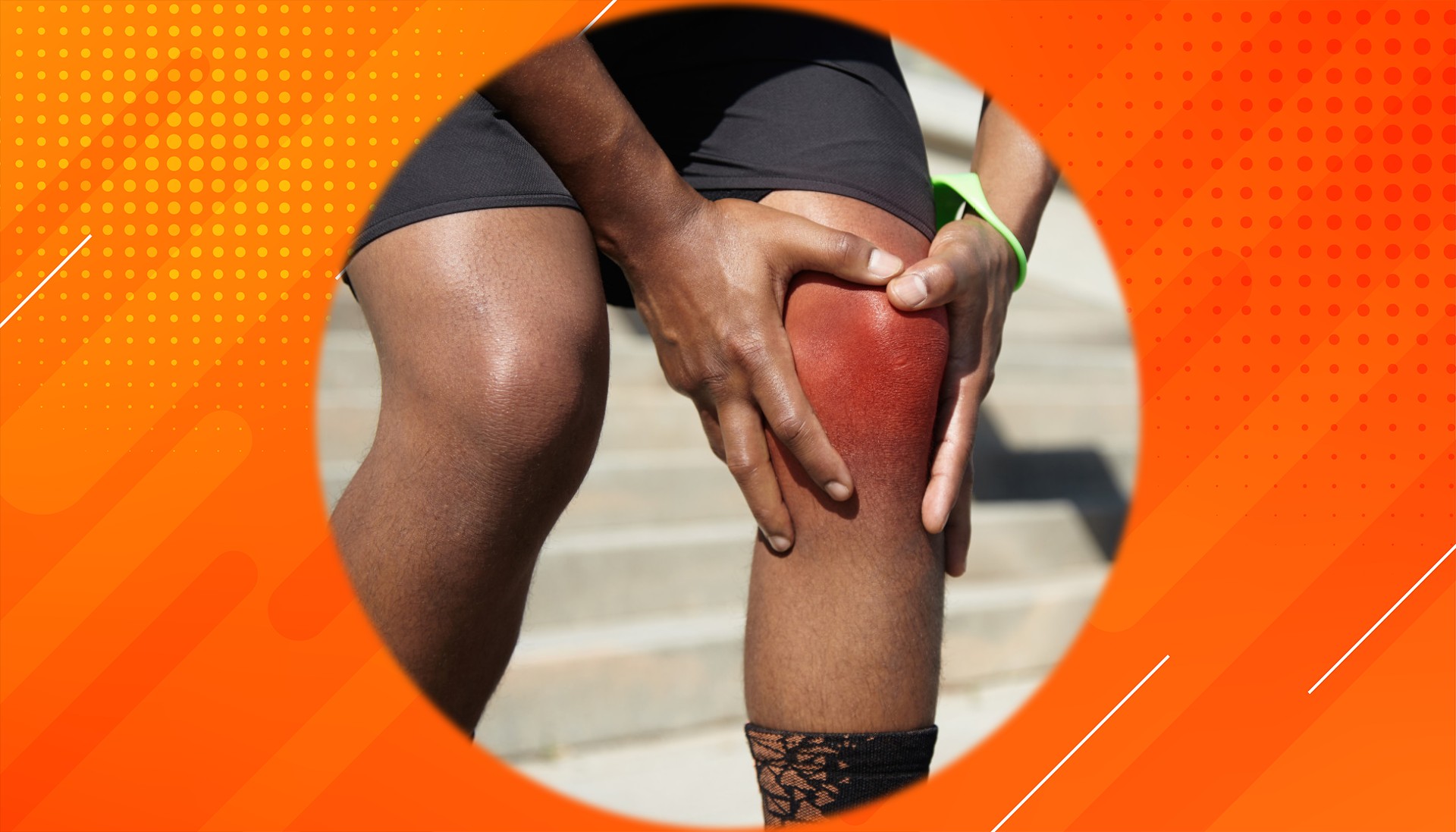Introduction
Knee osteoarthritis is a common condition where the cartilage that cushions the knee joint gradually wears away. This leads to pain, stiffness, and limited movement, making daily life more challenging. While surgery might be necessary for severe cases, many people seek non-surgical ways to manage their symptoms and maintain an active lifestyle.
One effective, non-invasive approach is wearing a knee brace. Knee braces are designed to support the joint, reduce pain, and improve function by taking pressure off damaged areas. In this article, we’ll explore the main types of knee braces for osteoarthritis, explain how they work, and outline their benefits—so you can make a more informed decision about which type may be right for you.
Why Knee Braces Work for Osteoarthritis
Knee braces do more than just support the joint—they actually alter the way your knee bears weight and moves. Most braces are designed to relieve pressure from the inner (medial) part of the knee, where osteoarthritis often does the most harm.
Imagine your knee like a door hinge that’s worn down on one side. A brace helps redirect the load, easing pressure on the damaged area so you can move more comfortably and steadily. Research has shown that the right brace can help you walk more evenly and perform daily tasks, such as standing up, with less discomfort.
Knee osteoarthritis is especially common as we age, which is why non-surgical options like braces are so important for many people. Braces also provide a safer, more affordable choice compared to surgery or long-term use of pain medications. Understanding how each type of brace works can help you and your healthcare provider choose the option best suited to your needs.
Types of Knee Braces for Osteoarthritis
Offloader (Unloader) Braces
Offloader braces are specifically designed to take weight off the side of your knee most affected by arthritis—usually the inner (medial) side. They work by gently shifting your knee’s alignment, reducing the load on the damaged compartment, much like adjusting a door to take stress off a worn hinge.
These braces typically feature adjustable straps and lightweight materials, making them comfortable for daily wear. Studies show that offloader braces can lessen pain and improve mobility, especially for those whose osteoarthritis is concentrated on one side of the knee.
Valgus Braces
Many people with medial knee osteoarthritis develop a “bow-legged” stance (called varus deformity), which increases pressure on the inner joint. Valgus braces apply a gentle outward force, helping to straighten the knee’s alignment and reduce stress on the damaged side.
By correcting alignment, valgus braces can improve how you walk and relieve pain. Clinical evidence suggests that valgus braces can not only reduce discomfort but also slow down the progression of osteoarthritis in the affected compartment.
Dual-Hinge vs. Single-Hinge Braces
Hinged knee braces provide support while still allowing you to bend your knee naturally. Dual-hinge braces have hinges on both sides, offering enhanced stability and control, which is especially helpful if your knee feels unstable or if you have more advanced arthritis.
Single-hinge braces are lighter and less bulky, making them easier to wear and more comfortable—an advantage for those with milder symptoms. Research indicates that dual-hinge braces may give stronger support and pain relief during activity, while single-hinge options often score higher on comfort and wearability.
Your choice should reflect your activity level, the severity of your symptoms, and what feels comfortable to you.
Practical Tips for Choosing a Knee Brace
Choosing the right knee brace depends on your individual needs. Make sure the brace fits comfortably—if you need a larger size, ensure it supports your knee without restricting movement. For those with severe “bone on bone” arthritis, look for a brace that provides substantial unloading and stability.
It’s common to be concerned about bulkiness, price, and whether you’ll use the brace consistently. The key is to find one that strikes the right balance between support and comfort. Working with a healthcare professional can help you identify the most practical and effective option, increasing the likelihood you’ll wear the brace regularly and get the best results.
Conclusion
Knee braces play an important role in managing osteoarthritis. They can reduce pain, enhance movement, and offer support by shifting pressure away from damaged areas, correcting misalignment, or stabilizing the joint. Offloader braces reduce pressure on the worn side, valgus braces help straighten the knee, and hinged braces offer varying degrees of support based on your needs.
By understanding how different braces function, you and your healthcare provider can find the right solution to help you stay active and comfortable. As technology advances, knee braces are becoming even more effective—bringing hope and relief to those living with osteoarthritis.
References
Magnusson, K., Kumm, J., Turkiewicz, A., & Englund, M. (2018). Early knee osteoarthritis or healthy ageing? [Conference abstract].


